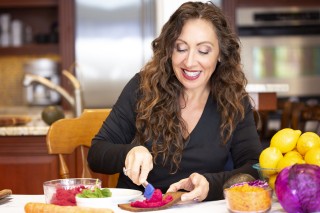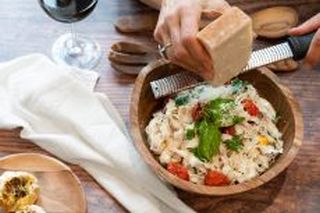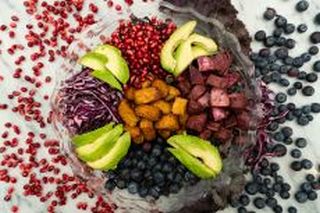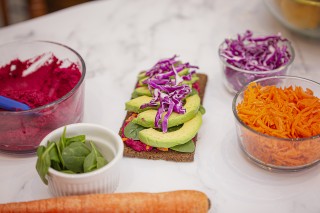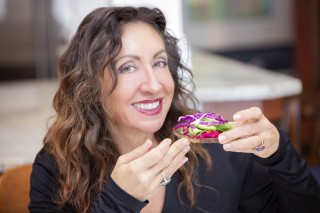Breakfast, which literally means to “break a fast” from the night before, has had many incarnations over the years.
Our pre-agricultural ancestors enjoyed breads and porridges from wild grains like einkorn wheat, oats, and rye.
Ancient cultures ate varying breakfasts. Egyptian peasants enjoyed bread, beer, and onions, while Romans enjoyed bread, cheese, olives, nuts, raisins, and cold leftover meats.
Breakfast Around the World
Ever notice how a standard breakfast varies by geography and culture? In Japan, miso soup with rice and a small amount of fish is common, while a full English breakfast consists of eggs, baked beans, bacon, sausage, black pudding, fried tomato slices, and buttered toast, and the French favor a croissant or other pastry.
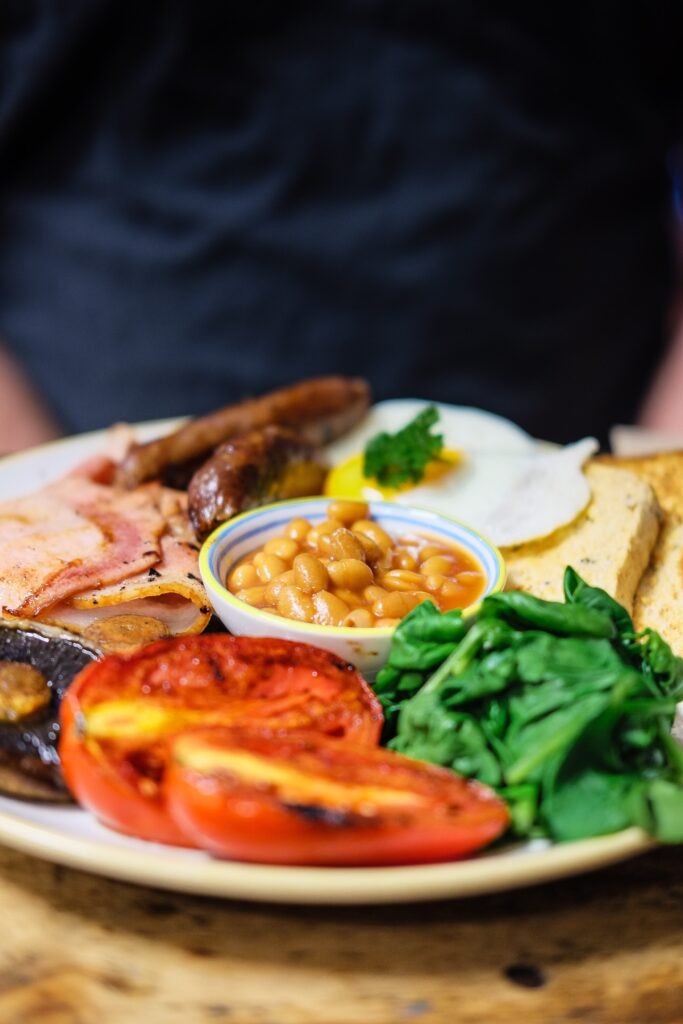
What are the Best Breakfast Cereals?
By the early 1900’s, there were hundreds of cereal companies in the US. In the 1940’s, cereals gained major traction by two ingredients: sugar + marketing. Cartoon mascots were created to attract children. Toys were put in cereal boxes for advertisers to market this easy, no cook breakfast.
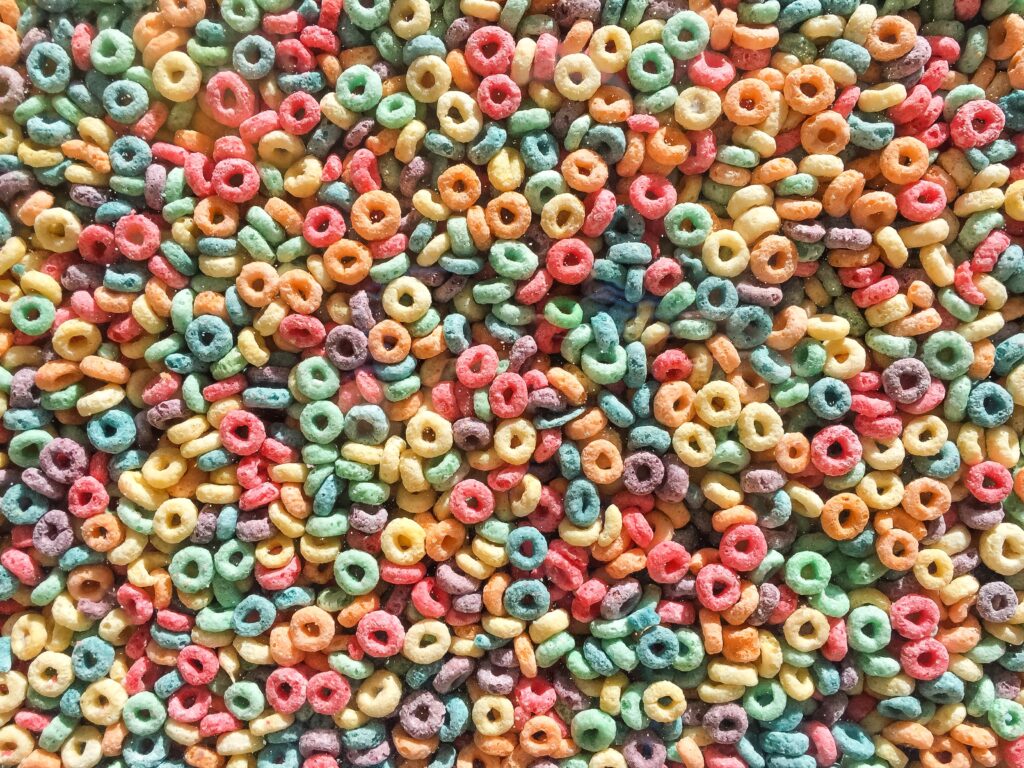
Boxes of sugary cereals were strategically positioned along the bottom shelves within easy sight and reach of children shopping with their parents.
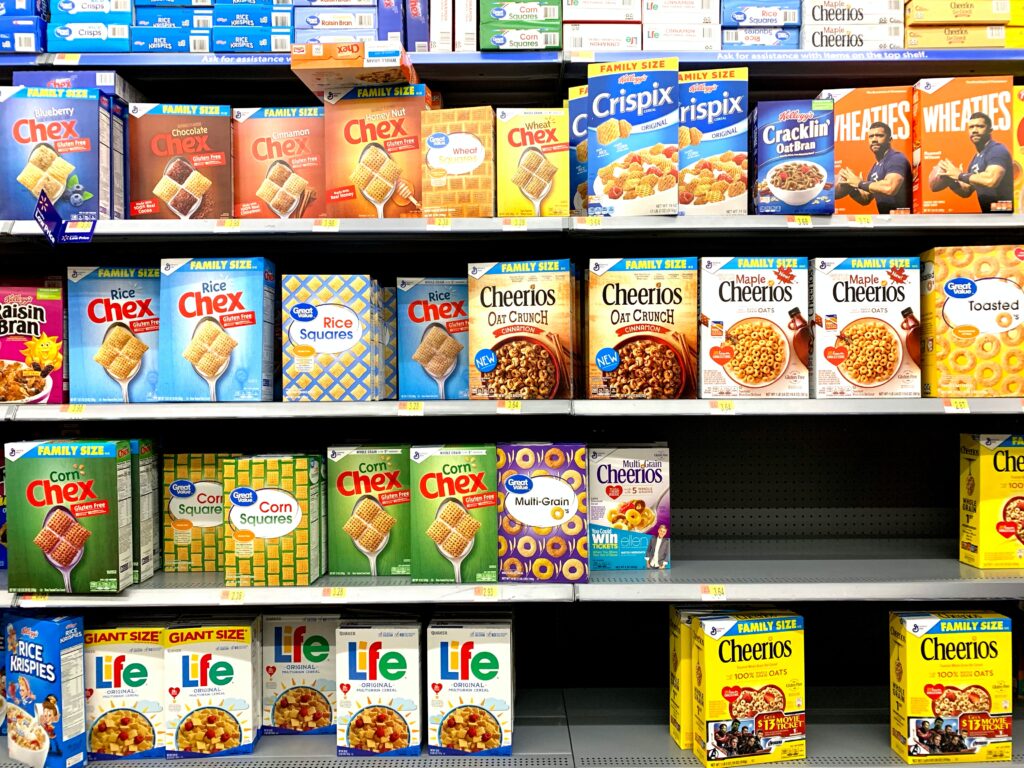
Fast forward to today, and sugar laden, glyphosate saturated cereals such as Lucky Charms are marketed as “healthy” because they are “made with whole grains.” Some brands contain as much as 88% sugar by weight. With sales of over 2.4 billion boxes of cereal sold each year, that’s about 14 pounds of cereal per person.
If you would like to reduce or eliminate sugar intake at breakfast, inspect your labels carefully. Even if sweeteners include honey, maple syrup, or rice syrup, these are still concentrated sugars. Every 4 grams of sugar on the label is the equivalent of one teaspoon of sugar.
There are a few brands with zero added sugar cereals such as Arrowhead Mills, Eden, Erewhon, Uncle Sam, plus hot cereals to prepare from raw or dried are available from brands such as Bob’s Red Mill. Be sure to look for the USDA Organic and/or Non GMO Project Verified Symbols.
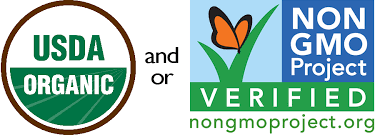
What Should I Eat For Breakfast?
So, what is the perfect breakfast?
Something so innate such as eating shouldn’t be that complicated, but the diet industry has made it very confusing. Should we have a high protein breakfast? Should we put butter in our coffee? Or, is Wheaties the breakfast of champions?
The ideal breakfast varies due to your unique needs, but should include moving away from processed foods to real and substantial food. Breakfast can even be as simple as leftovers from the night before.
Consider getting out of the mindset that breakfast must be standard US “breakfast” fare, like cereals, muffins, and pastries. Instead, fortify your body for the day with the nutrients it needs instead of cheap, highly refined, and inflammatory ingredients.
Once you break the sweets habits, you’ll be able to eat more intuitively and make more nourishing choices.
My breakfasts vary with my client and workout schedule. I crave most of my carbs in the morning to fuel for, and recover from bouts of exercise, which may be yoga, weight training, or cardio depending on the day.
Some days, I prefer liquid calories in the form of a smoothie for convenience and hydration.
Other days, I am just plain hungrier than others, and want a heartier breakfast.
I take the time to meal plan each week, and can pretty easily put together a variety of breakfasts in minutes.
A couple of rules of thumb I follow are:
Is there an opportunity to add vegetables to my breakfast?
Is there an opportunity to incorporate what’s in my refrigerator to eliminate food waste?
Am I overall getting a variety of phytonutrients, fibers, and fermented foods throughout the week?
Can I get a mix of carbohydrates, protein, and fat in this meal?
What is my body telling me I need right now?
Below I am sharing some of my breakfasts over the past couple of weeks. A lot of tomatoes ripened in my garden, so several days include tomatoes.
I hope some of these resonate with you, and help to expand your thinking on what’s for breakfast.
Organic Kefir with Fresh Lemon Zest, Lemon Juice, Cinnamon, Chia, Red Pear
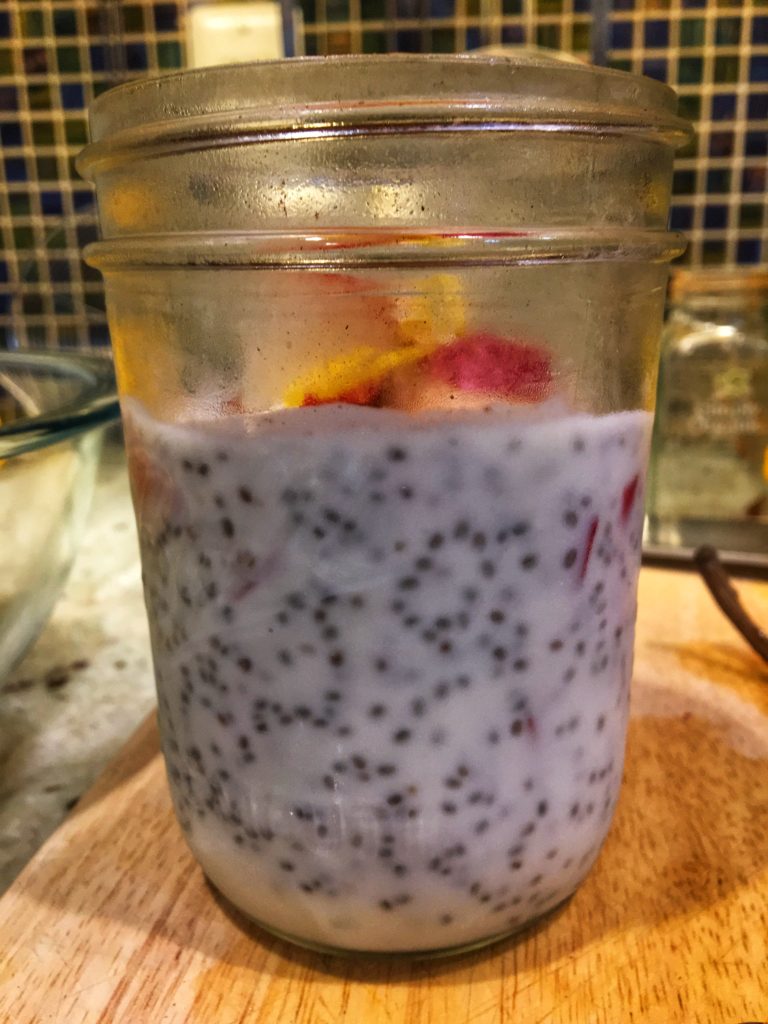
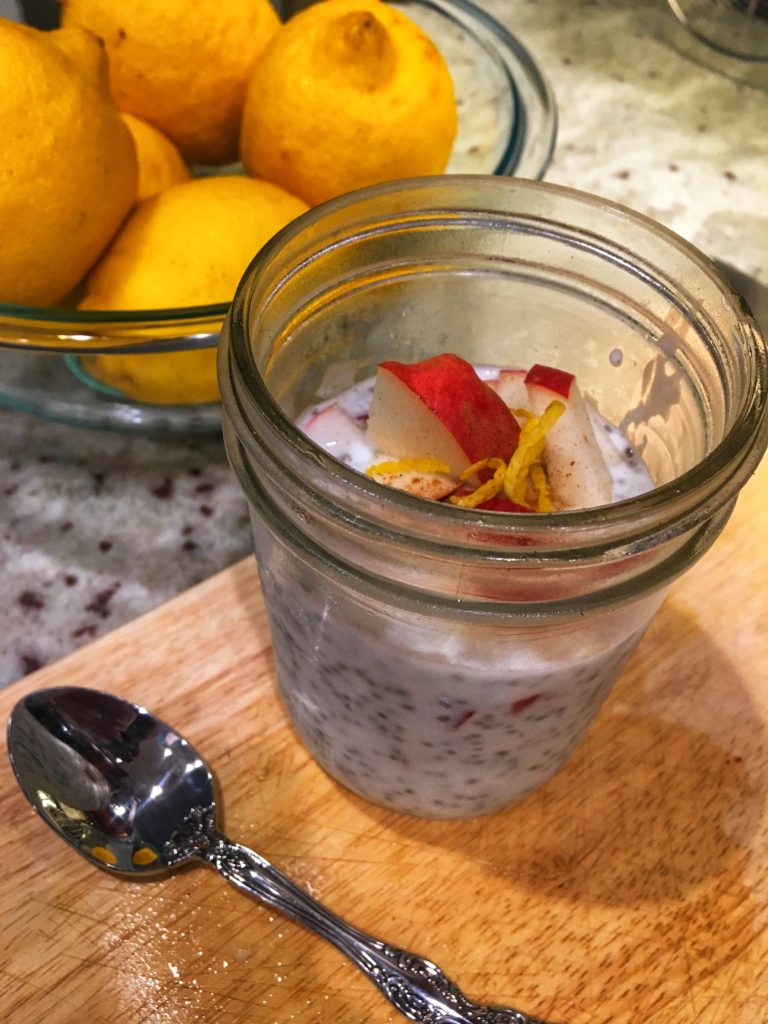
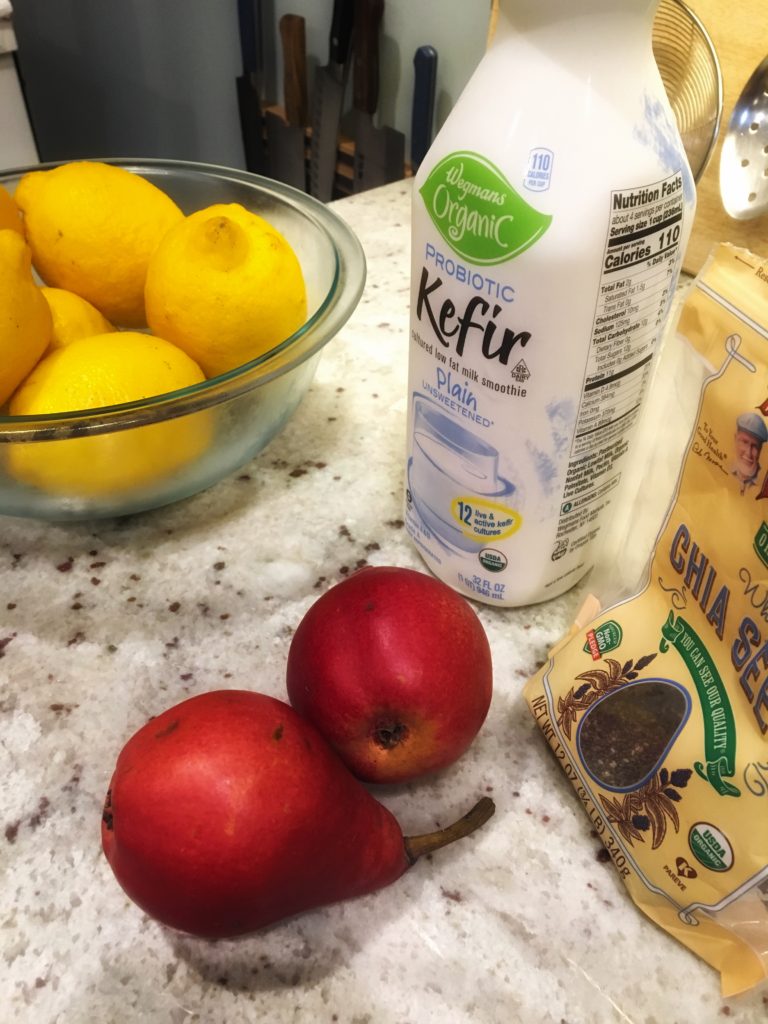
Kimchi, Soft Boiled Eggs, Dragon Fruit, Ezekiel Toast
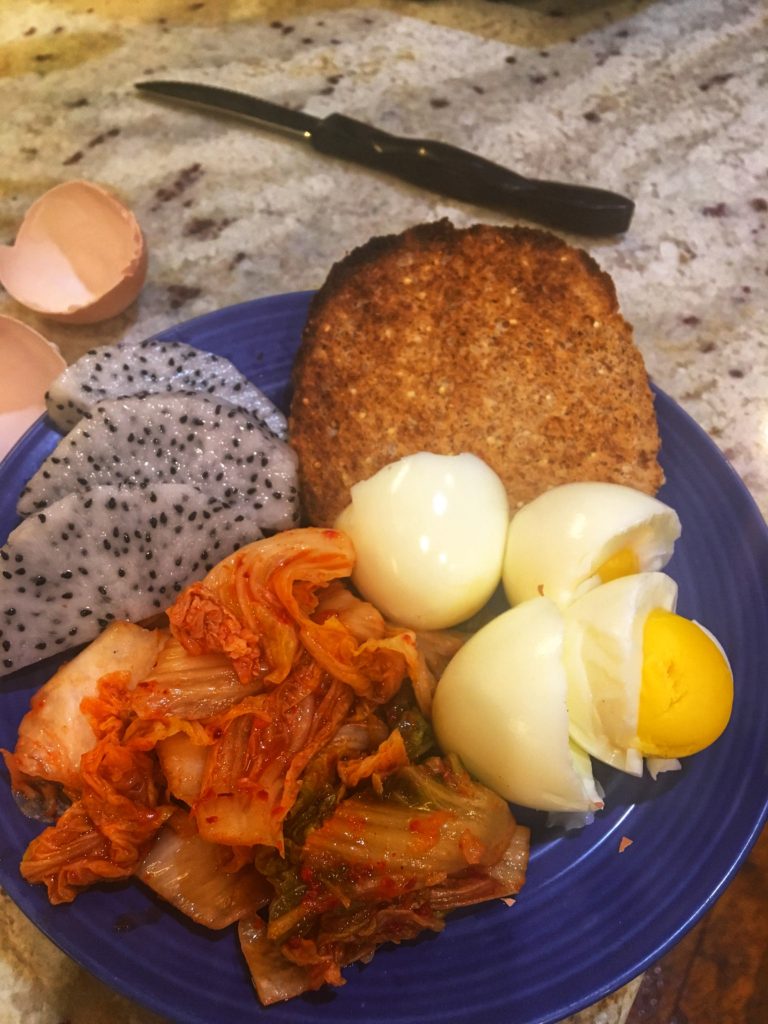
Golden Kiwi, Purple Grape, Fig, Parsley, Ginger Smoothie with Plant Protein Powder
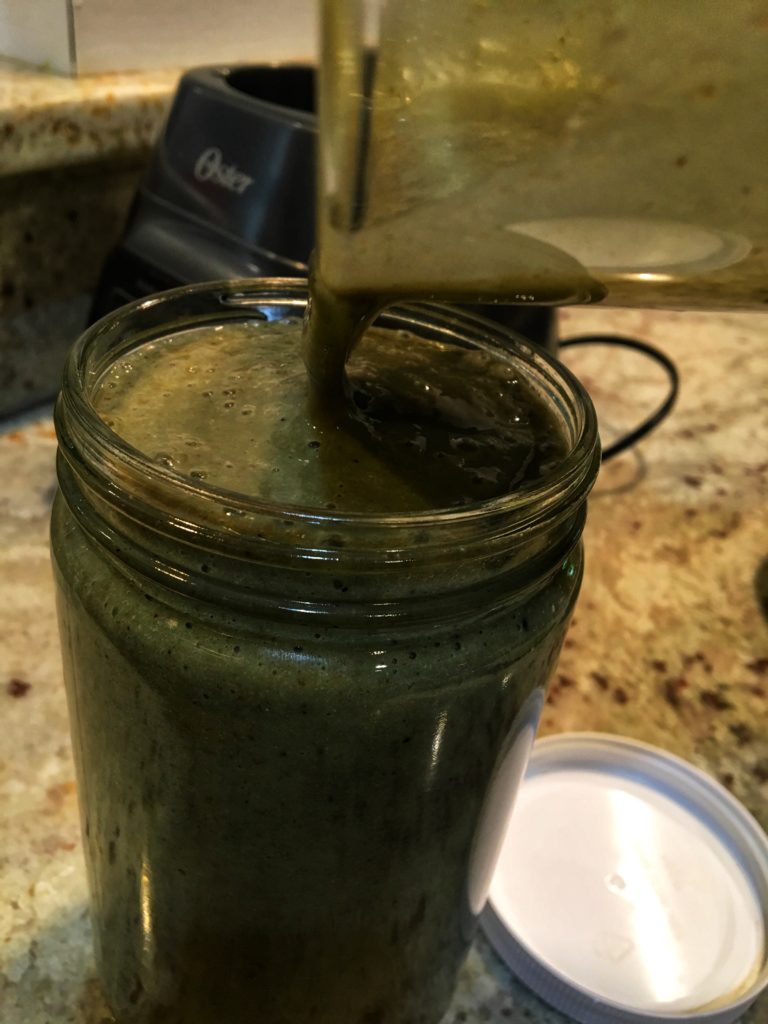
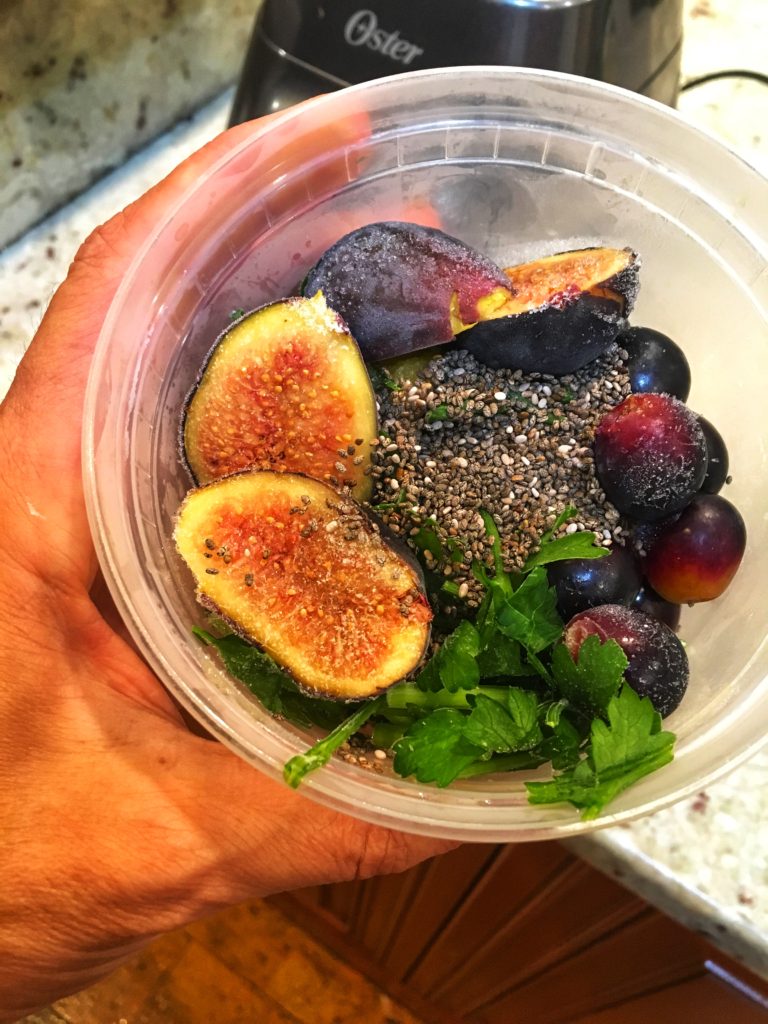
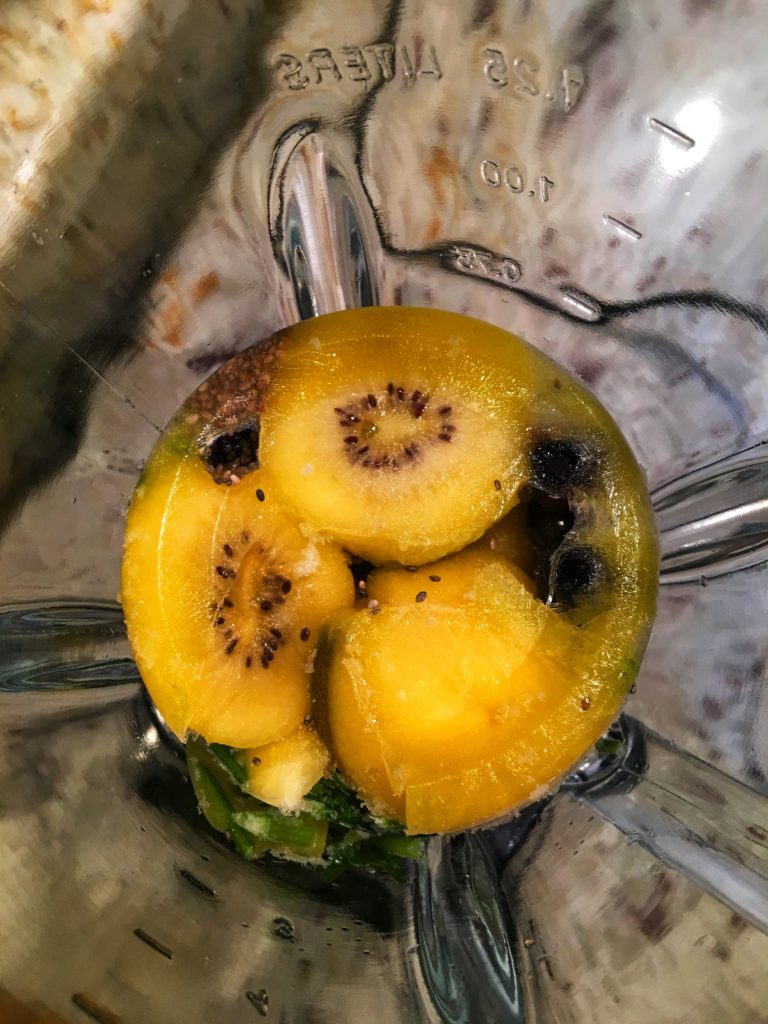
Ginger Basil Salmon over Sliced Organic Black Krill Tomatoes on Ezekiel Bread
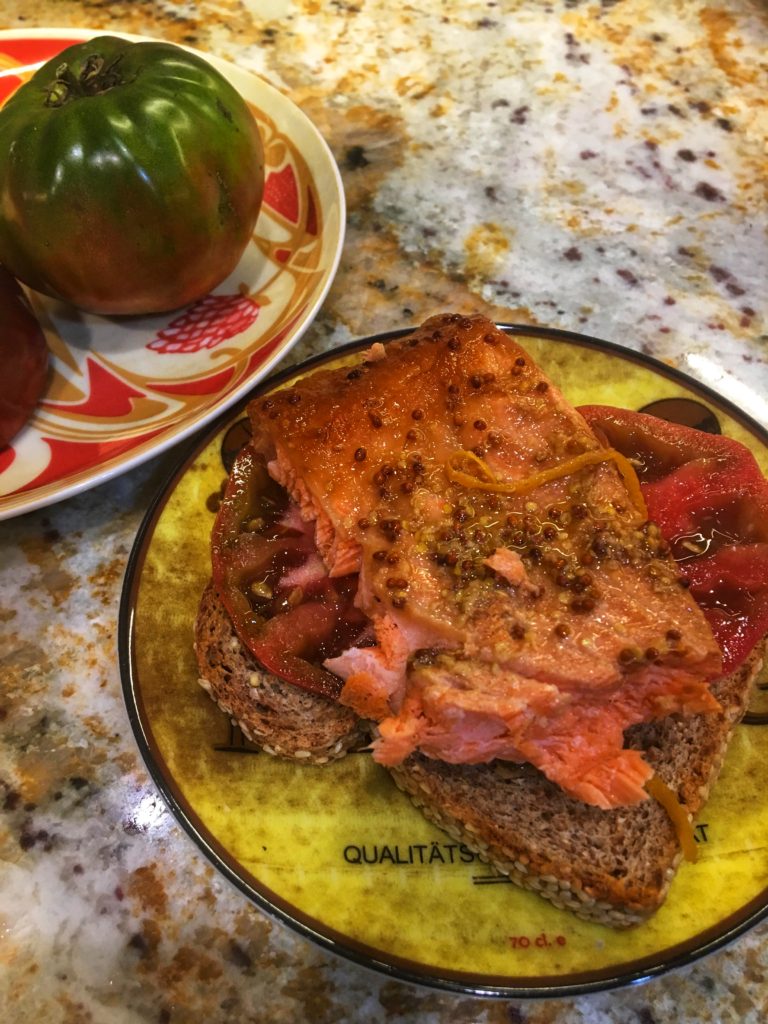
Heirloom Tomatoes with Fresh Sheep Feta, Onion, Basil
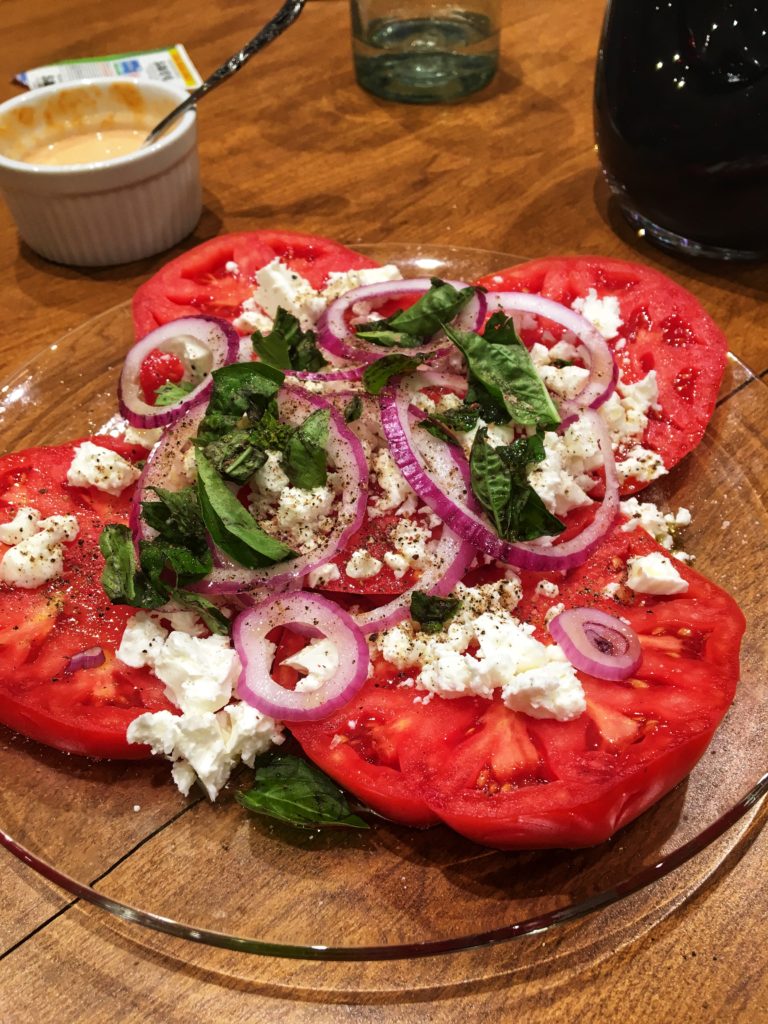
Steamed Spinach, Fresh Sheep Feta, Kalamata Olives, Toasted Almonds
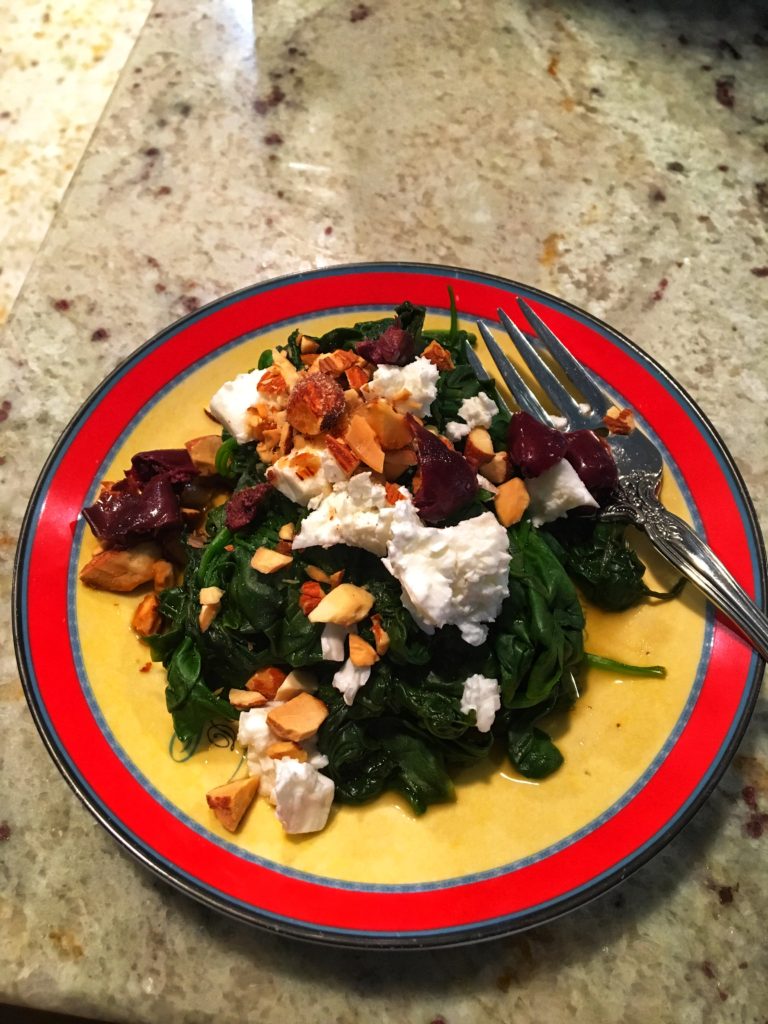
Chicken Salad over Organic Cherry Tomato Slices on Ezekiel Toast
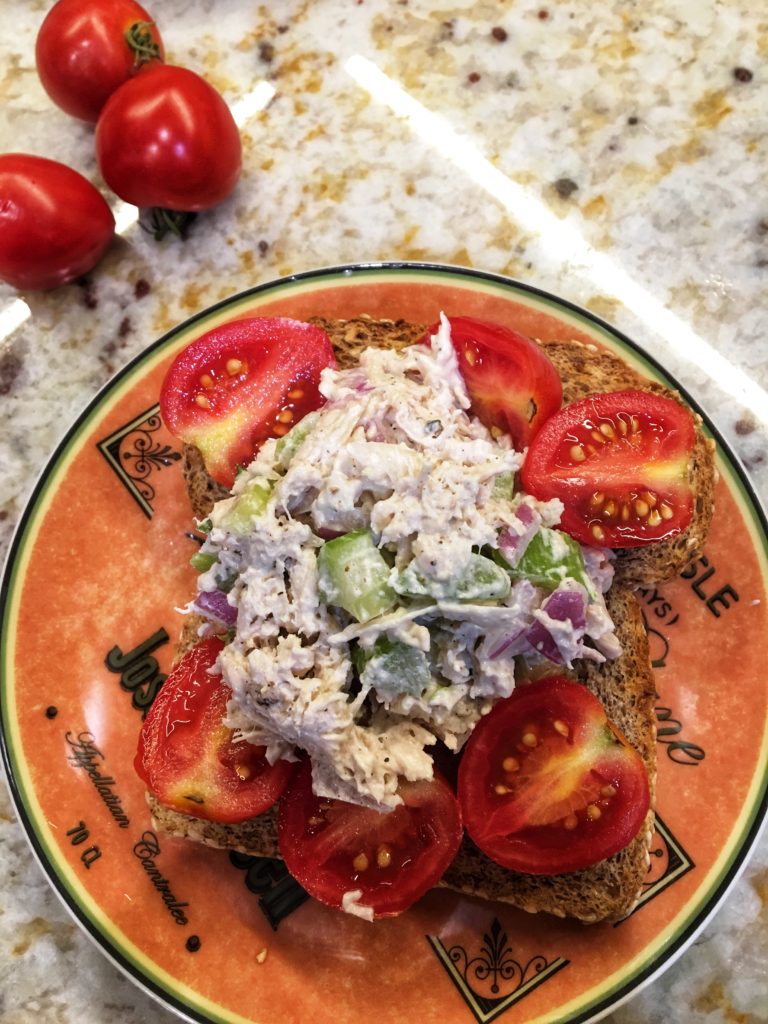
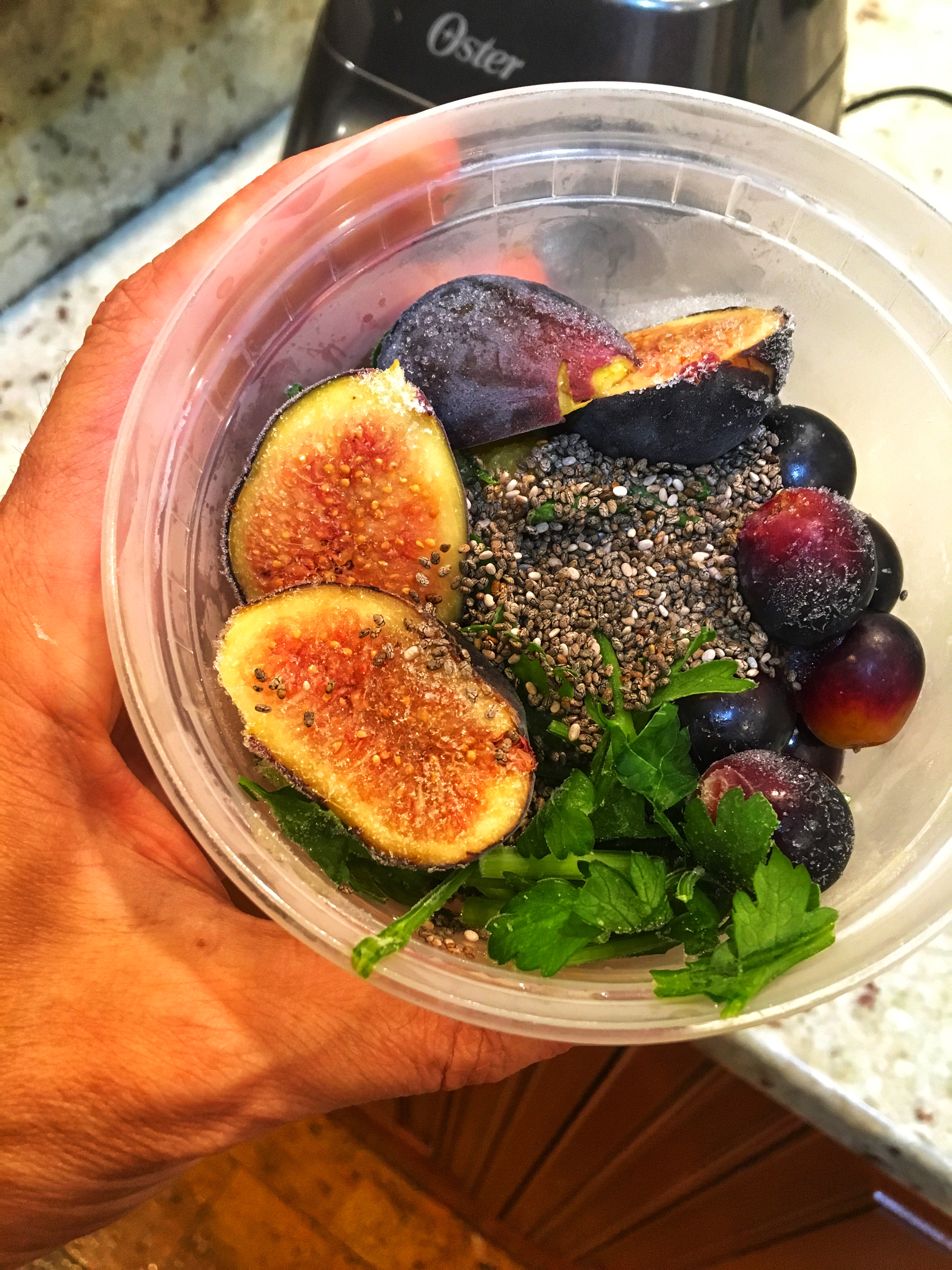
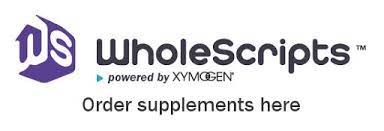

 Follow Me On Instagram
Follow Me On Instagram Like My Facebook Page
Like My Facebook Page My LinkedIn
My LinkedIn